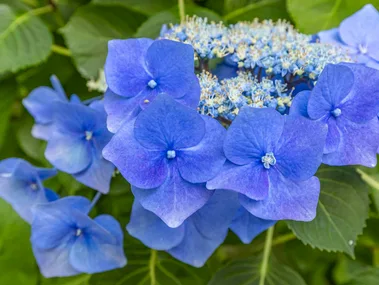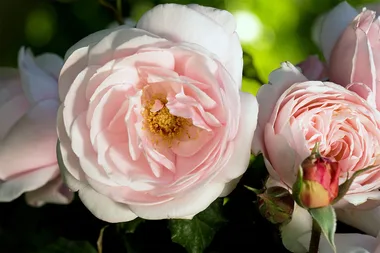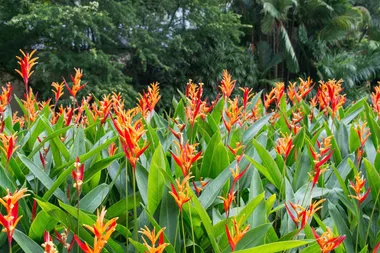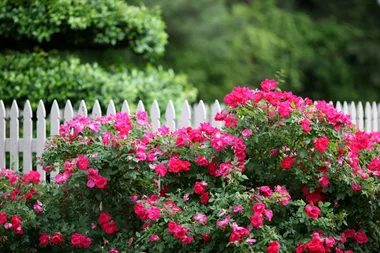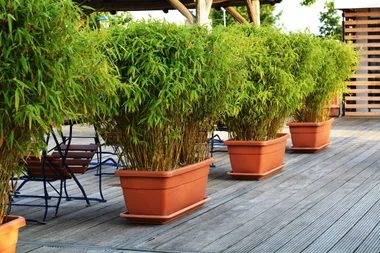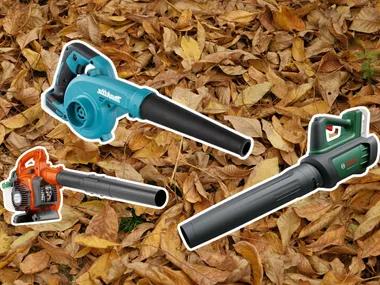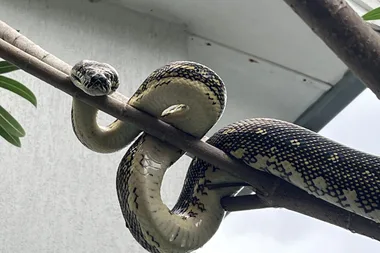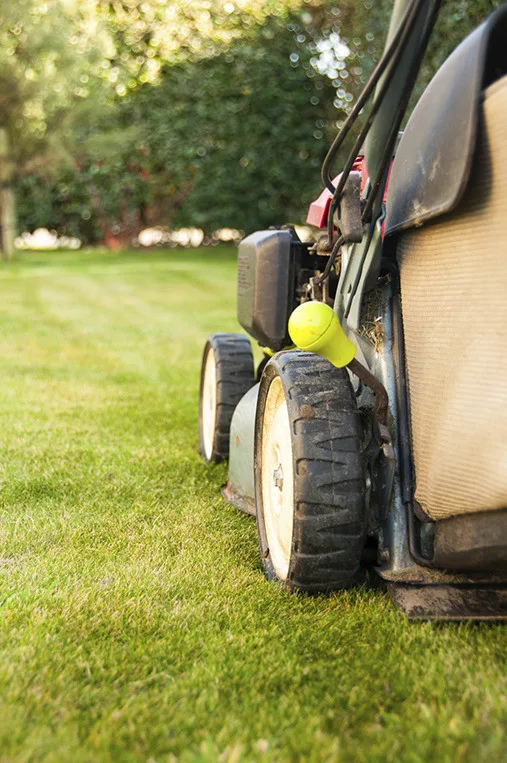
Let it breathe
After three months of the winter blues a lawn can be in need of a wee bit of TLC to bring it back to picture-perfect. In most cases, that just means an hour or two of work and changing your mowing habits.
Regular foot traffic or driving cars over grass, compacts the soil beneath. This makes it harder for water, nutrients and air to filter down to the roots, leading to thin stunted growth or dead patches. The simple way to solve compaction is through aeration or coring. For smaller areas, push a garden fork into the soil at 5cm intervals and rock it back and forth. For a larger lawn, hire a spiked lawn aerator or powered coring machine. Once complete, you can rake in a coarse washed river sand or fine top-dressing mix to fill the holes created. Alternatively, do nothing and let the holes fill in over time.
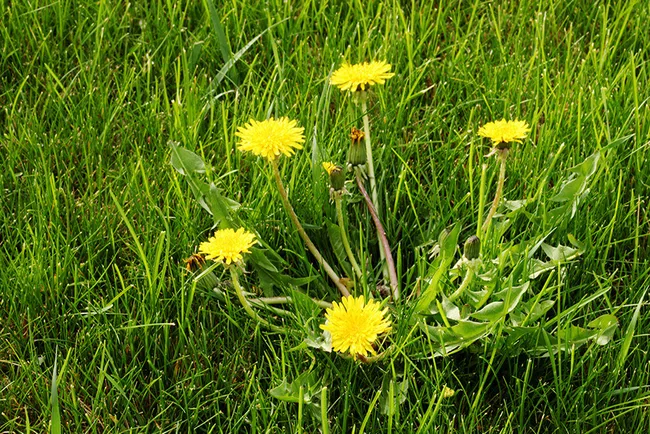
Kill the competition
More than just an eyesore, weeds can outcompete grass, robbing it of water and nutrients. The best treatment is preventative – keep your lawn well fed and watered and it will smother most weeds. If weeds have taken hold, treat them before they make more seeds. At the very least, pull off or mow flowers as they appear. You should also be prepared for a long battle. Weed seeds and bulbs already in the soil will come up but, with vigilance and prompt persistence, you will win.
Hand weeding – Slow but effective and chemical-free. It’s important to get all of the roots and any bulbs and, once removed, avoid shaking or disturbing the weed to prevent the spread of seeds or bulbs. Toss the weeds straight into a bucket and then into your green waste bin. Don’t compost. Wear gloves as some are spiny or have mildly caustic sap.
Selective weedkillers will kill all non-grassy plants (lawn weeds) without damaging the grass itself as long as you follow the dosage directions exactly. Apply via a watering can or sprayer. If you spray, be aware of spray drift. Help to minimise the risk by applying it when there’s no breeze, using low pressure and a coarse rather than fine spray, and holding the nozzle close to the weed.
Hose-on lawn weeders (sold as weed-and-feed mixes) are another way to apply a selective herbicide. However, spray drift is a danger with these and you must be careful when spraying near trees, shrubs and flowers. Granular formulations of weed-and-feed products eliminate the spray drift problem. Apply using either a hand-held or push spreader. These tools distribute seeds or granular products evenly.
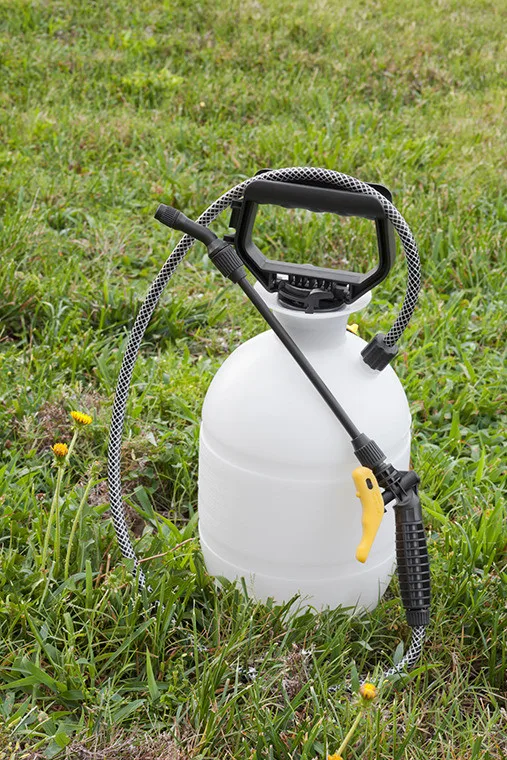
Weed-control warnings
All sprayers create some fine mist, which can drift onto wanted plants. Only use when weather is calm.
Buffalo grass is sensitive to many weedkillers. If your lawn is ‘Sir Walter’, ‘Palmetto’, ‘Sapphire’ or old-style itchy buffalo, use a buffalo-safe formulation. This will be stated on the packet. If you’re not sure of your lawn type, use a buffalo-safe formulation anyway.
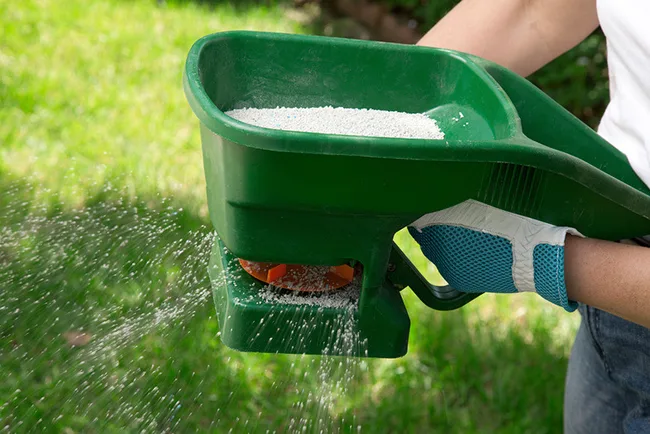
Feed your lawn
If you do nothing else to your lawn in spring, then feed it. Whatever type of lawn fertiliser you choose, always apply at the rate directed as over-application is not just a pointless waste of money, it’s polluting and can damage your soil.
Lawn food choices:
– Standard granular lawn food: Cheap and very fast-acting but not long lasting. It needs to be reapplied about every six weeks from spring to autumn. Good choice if you apply at the rate directed.
– Organic lawn food: More expensive but assists with maintenance of quality of soil and its organisms. Not usually as strong as granular fertiliser (unless “enriched” with non-organic content).
– Slow or controlled-release fertiliser: Fairly expensive, but a single dose can last up to three months. Releases nutrients slowly at a rate that can be taken up by the grass. Apply evenly at correct rate using a fertiliser spreader, available from nurseries.
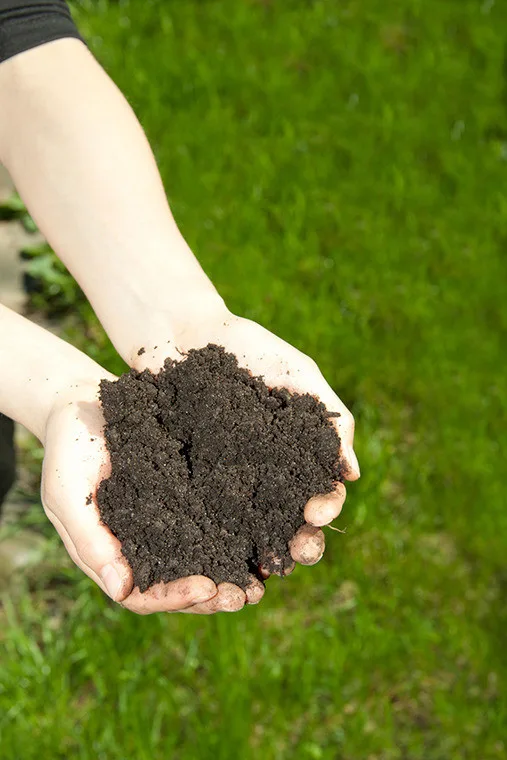
Top-dress it?
Once considered an annual must-do, top-dressing is now done infrequently and lightly after aeration or coring or, more commonly, to level out a lawn by filling in dips. Routine top-dressing is unnecessary. Around a week beforehand, spread a lawn fertiliser and water in well. The day before, mow the lawn lightly. Use only a special purpose top-dressing mix. For small spots, you can buy it bagged, but for bigger jobs order in bulk. Apply top-dressing thinly and evenly so plenty of grass remains visible, then rub it in with the flat back of a nail-rake or use a soil spreader. Avoid crusting by not top-dressing if rain is likely and not watering straight after spreading. Water only when new growth is obvious and advanced.
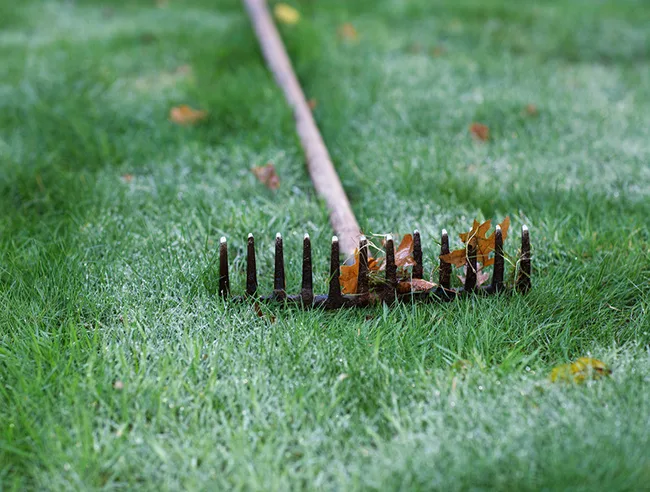
Remove thatch
Remove thatch (a layer of dead grass and runners) with a rake or hired scarifier before top- dressing. The result looks awful, but the lawn quickly recovers.
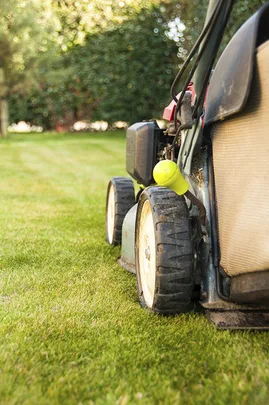 Thinkstock
Thinkstock
